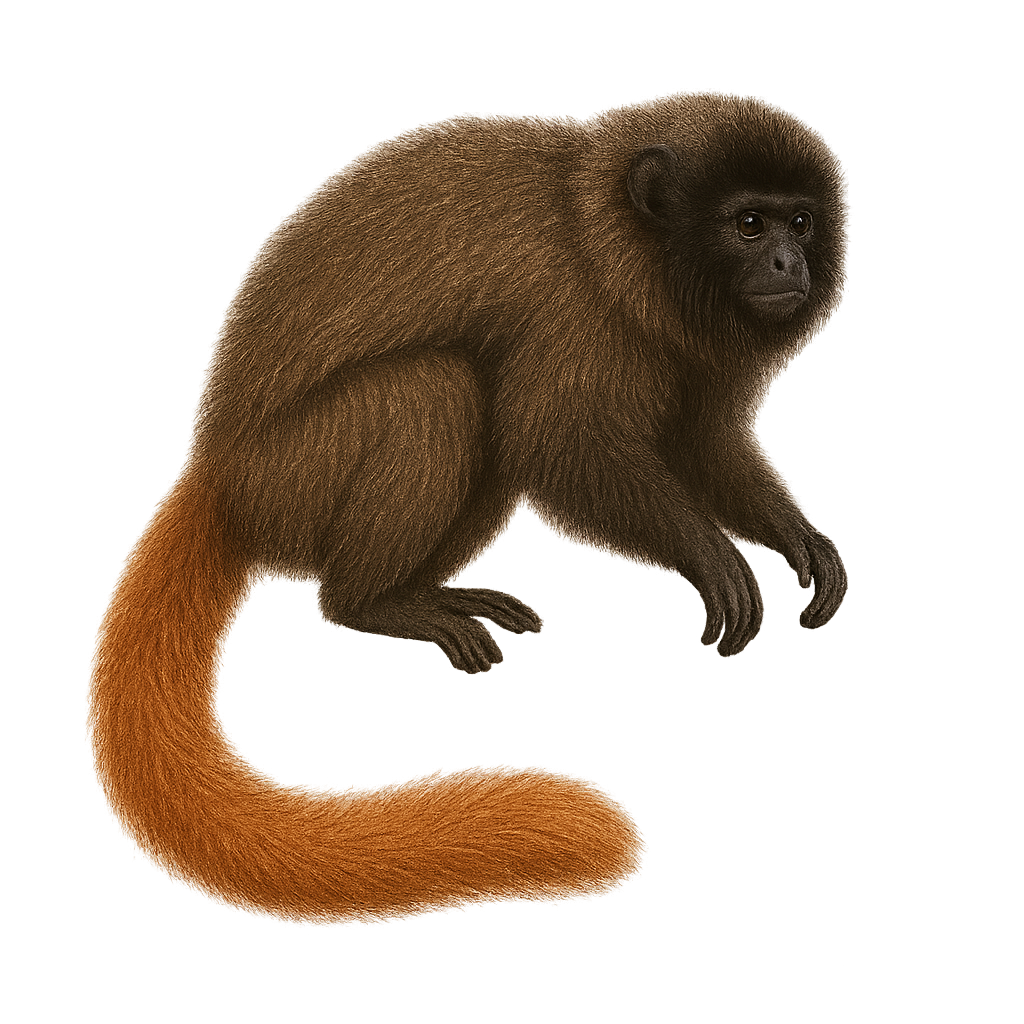Your wildlife photography guide.
Explore the masked titi monkey in detail, study its behavior, prepare your shots.
Where to observe and photograph the masked titi monkey in the wild
Learn where and when to spot the masked titi monkey in the wild, how to identify the species based on distinctive features, and what natural environments it inhabits. The WildlifePhotographer app offers tailored photography tips that reflect the masked titi monkey’s behavior, helping you capture better wildlife images. Explore the full species profile for key information including description, habitat, active periods, and approach techniques.
Masked Titi Monkey
Scientific name: Callicebus personatus

IUCN Status: Near Threatened
Family: PITHECIIDAE
Group: Mammals
Sensitivity to human approach: Not very shy
Minimum approach distance: 10 m
Rut period: October to December
Gestation: 150-180 jours
Births: March to June
Habitat:
Tropical forests, secondary forests, riparian zones
Activity period :
Primarily active during the day, with peak activity in the morning and late afternoon.
Identification and description:
The Callicebus personatus, commonly known as the masked titi monkey, is a medium-sized primate native to the tropical forests of southeastern Brazil. It is characterized by its dark face surrounded by dense, silky brownish fur. These monkeys live in small family groups and are known for their strong social bonds, often seen grooming each other. They primarily feed on fruits, but their diet also includes leaves and insects. Their natural habitat is threatened by deforestation, leading to a decline in their population. Despite this, they sometimes adapt to fragmented forest areas.
Recommended lens:
400 mm – adjust based on distance, desired framing (portrait or habitat), and approach conditions.
Photography tips:
To photograph the masked titi monkey, it is advisable to use a telephoto lens of at least 400mm to capture detailed images from a distance. As these monkeys are diurnal, natural morning or afternoon light is ideal for well-lit shots. Be patient and discreet to avoid disturbing their natural behavior. Focus on areas where they feed or rest to maximize your chances of observing them.
The WildlifePhotographer App is coming soon!
Be the first to explore the best nature spots, track rutting seasons, log your observations, and observe more wildlife.
Already 1 432 wildlife lovers subscribed worldwide

